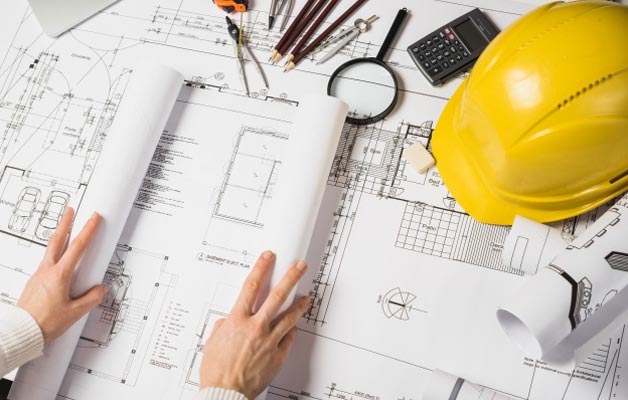AutoCAD 2D and 3D
Auto CAD 2D
Computer-aided design (CAD) is the general term that applies to the use of computers in the design of houses, office buildings, interiors and anything else that previously required hands-on drafting. AutoCAD is a specific piece of software used by many architects and designers for commercial design purposes.
Course Objective:
This course is intended to give an introduction to 2D Computer Aided drawing and using Auto CAD. Students will learn to use the programs in many different ways and start to develop techniques that improve their speed and accuracy.
TOPICS COVERED: AutoCAD 2D
- Introduction to AutoCAD
- Understanding AutoCAD interface
- Coordinating systems in AutoCAD 2d
- Drawing and modifying objects
- Organizing drawings
- Annotating drawings
- Working with data
- Getting information from drawings
- Working with table
- Isometric drawings in AutoCAD
- AutoCAD applications for building drawings
- Understanding user coordinate system
- Customizing AutoCAD
- Project documentation

Auto CAD 3D
Course Description:
This course explores the three-dimensional viewing and construction capabilities of AutoCAD. Topics covered include a review of point coordinate entry and the user coordinate system (UCS). Spherical and cylindrical coordinate entry, 3D viewing techniques, 3D geometry construction, solid modeling surface meshes, and regions are also introduced. The use of multiple viewports for 3D constructions and a standard engineering layout are covered. The creation of presentation graphics using bitmap files, shading, and rendering is also discussed.
TOPICS COVERED: AutoCAD 3D
- Introduction to 3D drawings
- Types of 3D models
- The convention to AutoCAD 3D
- Coordinate systems in AutoCAD 3D
- Viewing a 3D model
- Creating wireframe models
- Creating surface models
- Modelling solid objects
- Editing 3D objects
- Generating drawing views of solid models
- Calculating mass properties of solid models
- Rendering

What you will learn:
- Define and maintain user-defined coordinate systems to aid in the construction of 3D objects.
- Create and use model space viewports.
- Create a standard engineering layout.
- Extract two-dimensional views from a three-dimensional model for detail drafting.
- Create and edit simple 2D regions and 3D solid models.
- Use a variety of 3D display techniques.
- Create 3D surface models using a variety of techniques.
- Identify the various types of surface meshes and applications for each.
- Generate 3D text and dimensions.
- Render a 3D model with a variety of lights and materials.
Who can benefit from the Course?
- Electrical Drafters
- Aeronautical Drafters
- Mechanical Drafters
- Civil Drafters
- Architectural Drafters
- Process drafters
